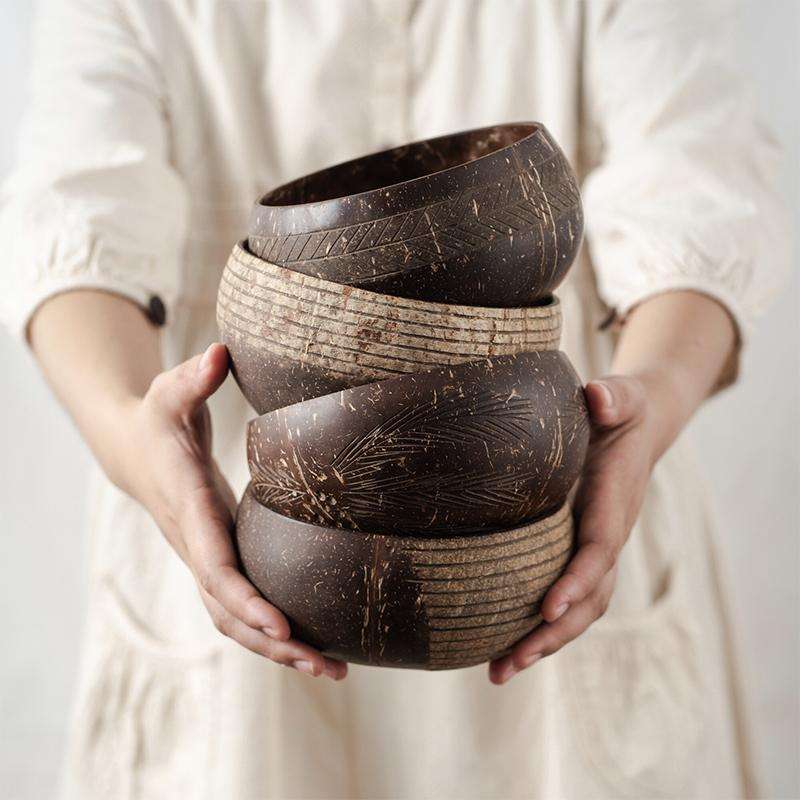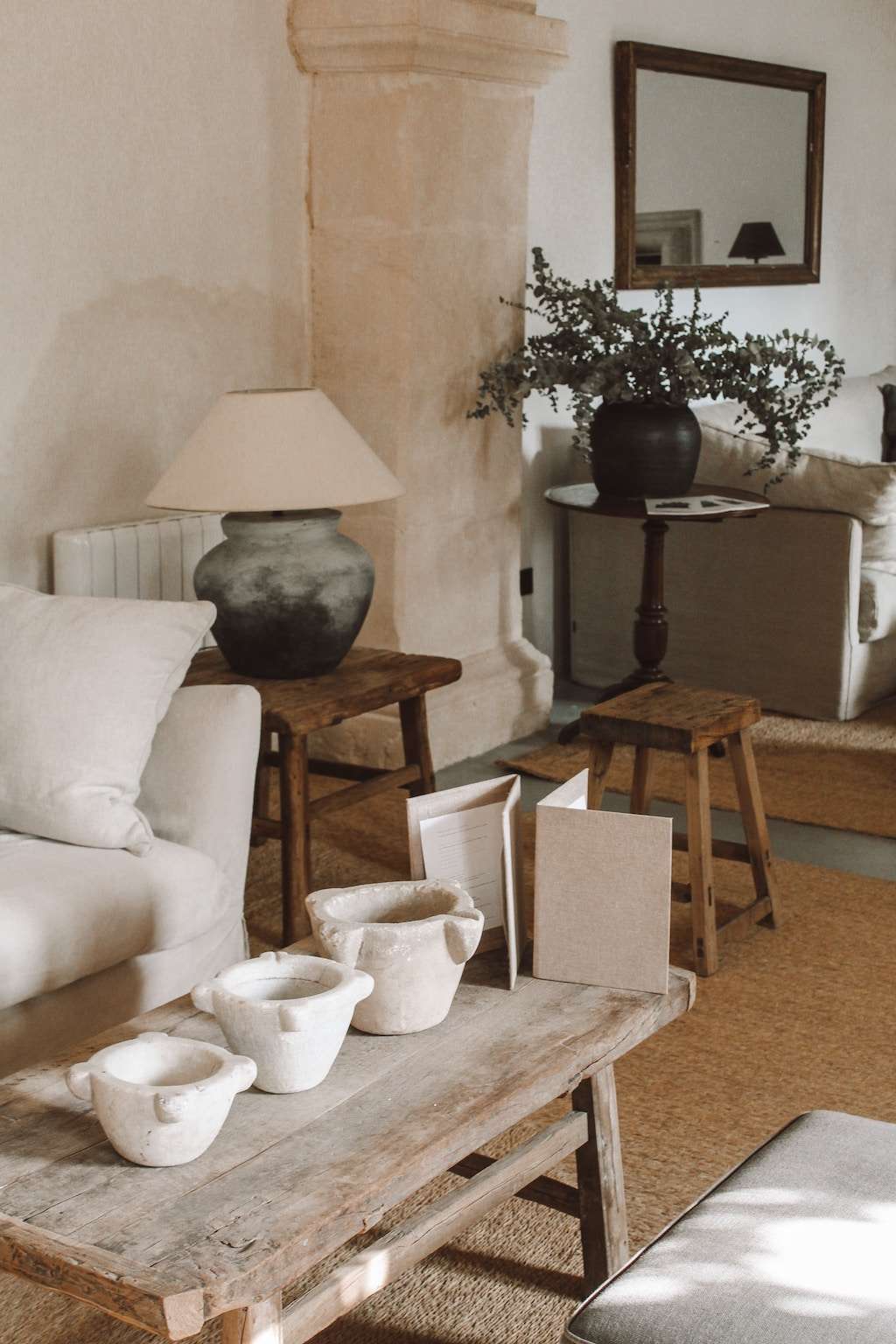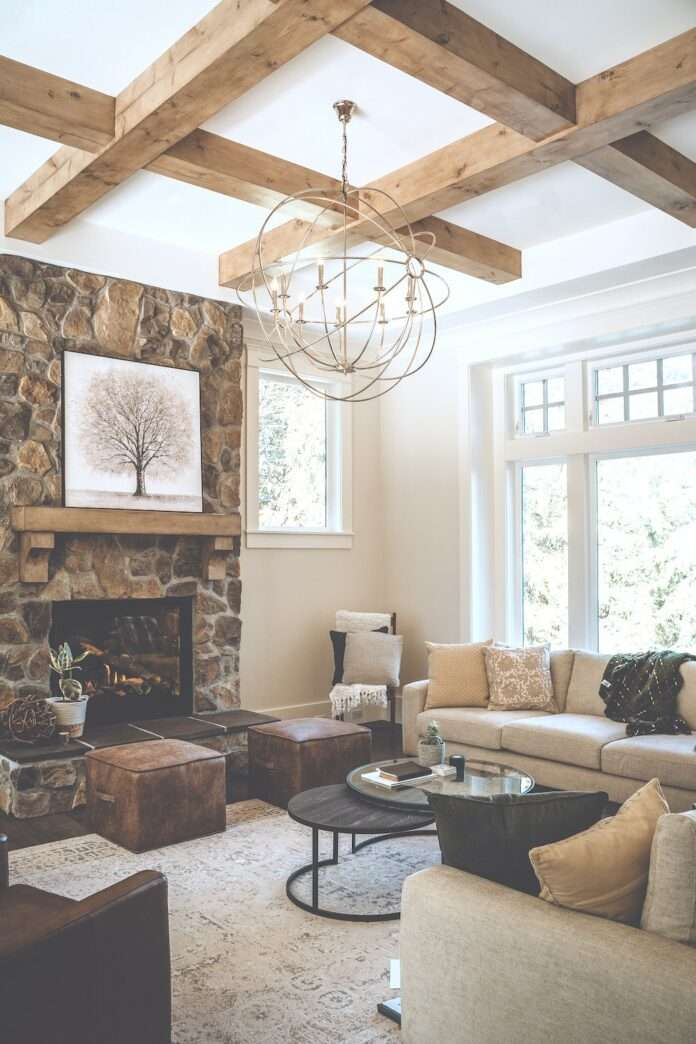Bring more natural elements into your home by upcycling old wood. It’s a sustainable and cost-effective hobby that helps reduce your environmental impact.
In the age of environmental consciousness, upcycling is a must. And it’s more than just reusing those old jam jars. Upcycling old wood is becoming an increasingly popular way to live a sustainable lifestyle.
Upcycling, the process of taking discarded items and turning them into something new, offers greater value to the user, too. And, by upcycling old wood, you can not only reduce your carbon footprint but also create furniture or artwork that will last for years to come.
What is upcycling?
“Upcycling can mean various things, including the repurposing or restyling of unwanted items into something usable, [like making] an old-style record cabinet into a gin cabinet for instance,” Claire Manton of Claire’s CraftHouse told The Spruce. “Or [it can mean upgrading something] that can be loved again, like painting a tired, dark varnished piece into something with wow factor, fit for 21st-century style living.”

Upcycling is a great way to help the environment and make something unique, and sometimes, even more useful. Upcycling is used across a number of industries; fashion labels are turning to deadstock inventory and scraps to create new pieces. Ocean-bound plastic can be turned into yarns and other materials.
And wood you find in your yard or even pieces leftover from a home remodel that would have otherwise been sent to a landfill, can become a vital piece of furniture or a memorable piece of artwork.
Benefits of upcycling old wood
By upcycling, you reduce your carbon footprint by reducing the need for new items. And that’s more important than ever.
According to the EPA, new furniture production is a major source of hazardous air pollutants (HAP) emissions. Individual facilities can emit more than 23 megagrams per year (Mg/yr) (25 tons per year [tons/yr]) of organic HAP, including toluene, xylene, methanol, methyl ethyl ketone, methyl isobutyl ketone, glycol ethers, and formaldehyde.
Upcycling wood also helps to reduce deforestation — a leading cause of global warming and biodiversity loss.
Starting small with upcycled wood projects
In his 2018 book Upcycling Wood, Reutilización creativa de la madera, the architect and artist Bruno Sève shows off a seemingly endless list of possibilities for recovered wood from furniture to bigger projects including interiors and facades. Sève points to the important environmental responsibility of upcycling wood, particularly those pieces left over from remodels.

“The word upcycling, or ‘creative reuse’, refers to the use of recyclable materials to create products that have a greater value than the original material had,” Sève writes. “The reuse of materials is a millenary practice and can be distinguished from modern recycling which requires some critical improvements. The logic of the reuse of objects, materials or spaces came above all from an economy of means, taking advantage of what already existed, such as ruins or directly available materials.”
To get started on your own projects, research upcycling ideas online or look at tutorials on how to build furniture from recycled wood. (You could even ask friends if they have any discarded wood they no longer need.)
If you’re just getting started with upcycled wood projects, start small with smaller items such as frames or shelves before working your way up to larger pieces like tables or chairs. Once you get the hang of it you can safely move on to larger projects like tables, headboards, or benches.
Related on Ethos:


